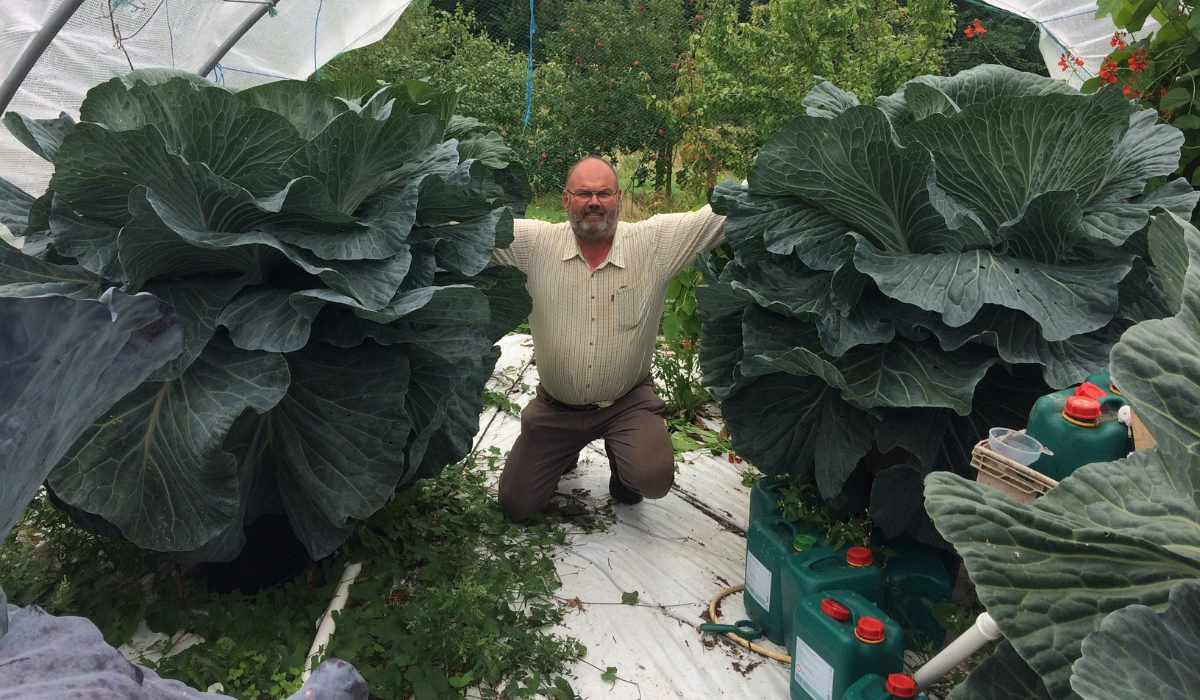Growers of giant veg nationwide will be gathering at this year’s Canna UK National Giant Vegetables Championship, which takes place at the Malvern Autumn Show, to display their mammoth marrows, colossal cabbages and outsized onions in the hope of setting world records.
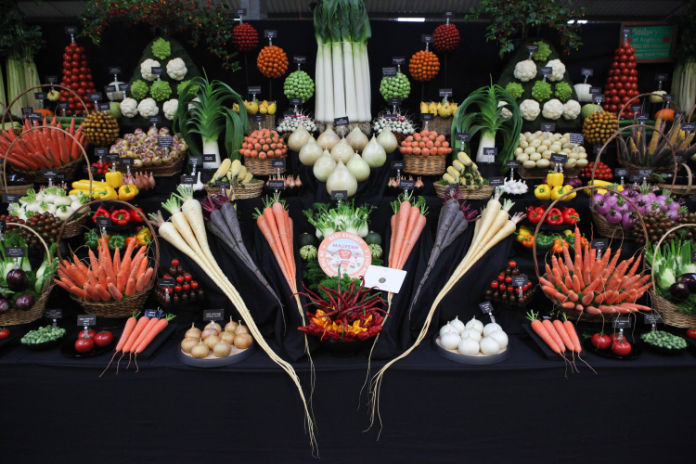
Cornish farmer David Thomas holds three world titles for growing giant veg – for the heaviest red cabbage, the heaviest cucumber and the heaviest parsnip.
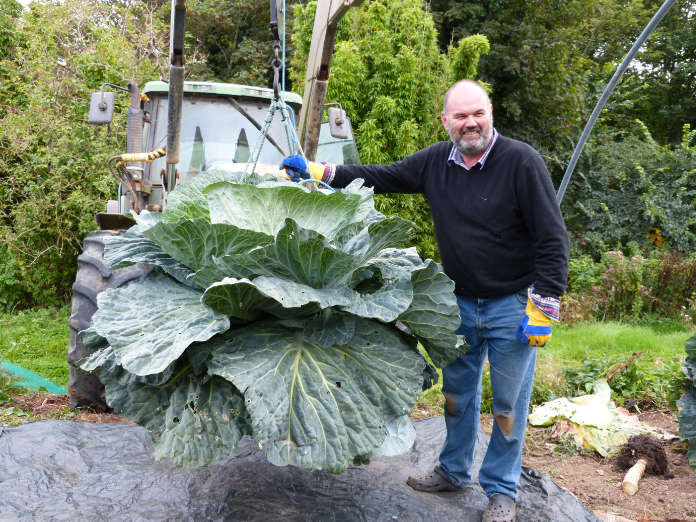
He has to harvest his giant cabbages using a very sharp saw to cut the stump and a mini digger to winch the cabbage out. He often gets his neighbours to help him. His cabbage fills up his truck and when he grew pumpkins, he needed a trailer to transport them.
Some giant veg prove pretty inedible once they reach their maximum size – the longest runner beans are stringy, weighty cucumbers go bitter and the heaviest parsnips are woody and tough. Other giant veg such as cabbage, leeks, tomatoes and onions are fine to eat.
Thomas says that with the right seed and the right advice, anyone can have a go at growing giant show vegetables.
“Go and speak to a top grower. Make sure they’re winning ,” he suggests. “Take what you’ve grown to the show – it doesn’t matter how big it is or how small it is – and you’ll get talking to people. You’ll never get criticised for having the smallest cucumber.”
8 tips for growing giant veg
He suggests the following guidelines to giant-veg novices.
1. Choose the right seed
Whichever variety of vegetable you are going to grow, you need the right genetics to grow something big, so research your seed carefully. Some can be purchased at garden centres, others are available from specialists.
Thomas suggests varieties such as the mooli radish April Cross, Picador parsnips, Red Intermediate carrots and Kondor potatoes. Go to a specialist grower for onions.
“For things like pumpkins, marrows and cucumbers, go to someone who’s winning and ask them for some seed,” he advises. “Some growers might be covetous but most aren’t.”
There’s a lot of giant growing information available through websites such as giantveg.co.uk, growing forums and organisations like the European Giant Vegetable Growers Association (egvga.eu/).
2. Give yourself plenty of space
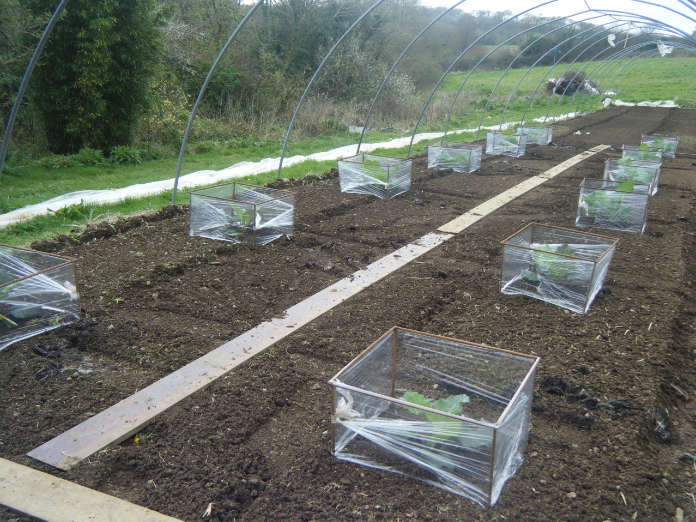
“The giant green cabbages I grow are spaced out 8ft each way,” says Thomas. “They span around 6ft which gives you a bit of space to walk around them and check them.
“If you’re going to grow a decent pumpkin, you’ll need 1,000 square feet of ground. But with parsnips, carrots and onions, you don’t need so much ground. A parsnip will take around 3ft.”
3. Check your soil
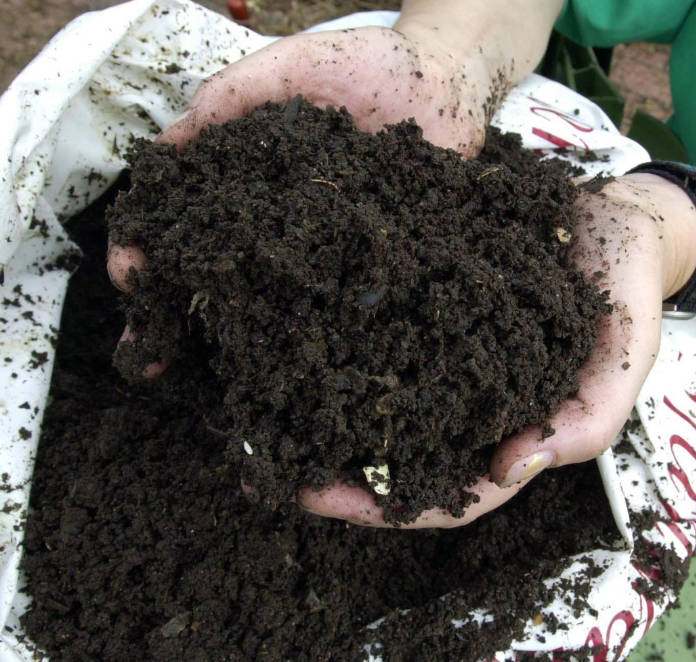
Some grow their veg in raised beds and barrels of compost, others going for records for the longest veg such as carrots and parsnips will grow them down gutter pipes placed diagonally in the ground and some grow to around 30ft in length.
“Add plenty of well rotted farmyard manure or compost to the soil before you start. A lot of people use green manure – council depots compost garden waste which you can buy to enrich your soil.”
“Every soil is different,” he continues. “If you’ve a really heavy clay, the more organic matter you can add, the better.”
4. Check sowing dates
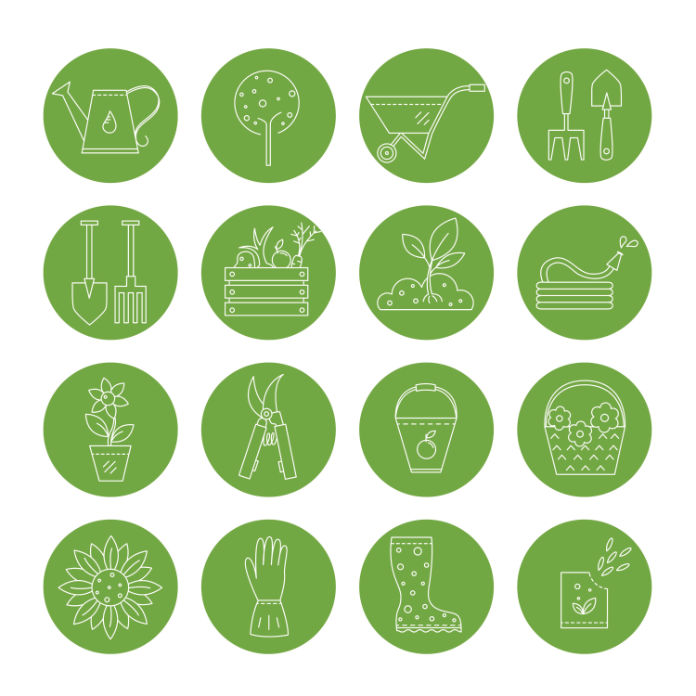
Sowing dates will depend on the veg grown. Giant greenhouse cucumbers can be sown in May, while Thomas sows his cabbages in November and overwinters them in a frost-free greenhouse to plant out in the spring. He sows pumpkin seeds on April 1.
5. Watering regime
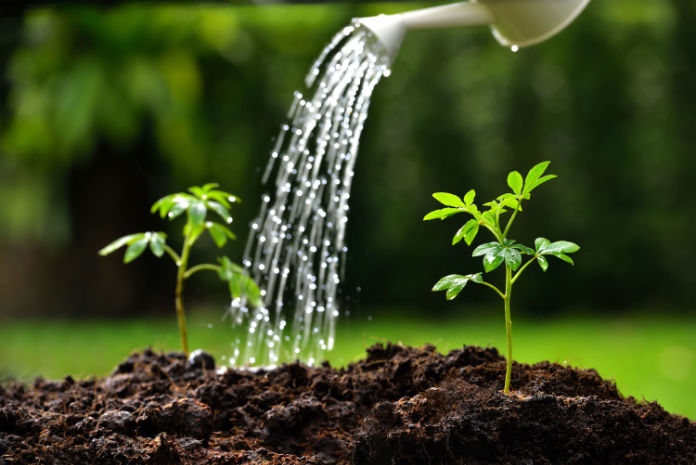
Giant veg need to be watered regularly and are not as tolerant of sporadic watering as normal-sized veg. They need to be kept moist but not waterlogged and you need to water them deeply to get to the roots. Many growers use drip irrigation systems on a timer which compensate for rain.
6. Feeding
Be aware that different veg need different fertilisers. Plants grown for the fruit, such as tomatoes and pumpkins, will need fertilisers high in potassium and phosphorous, while leafy veg will need a higher nitrogen mix.
7. Prop up your veg
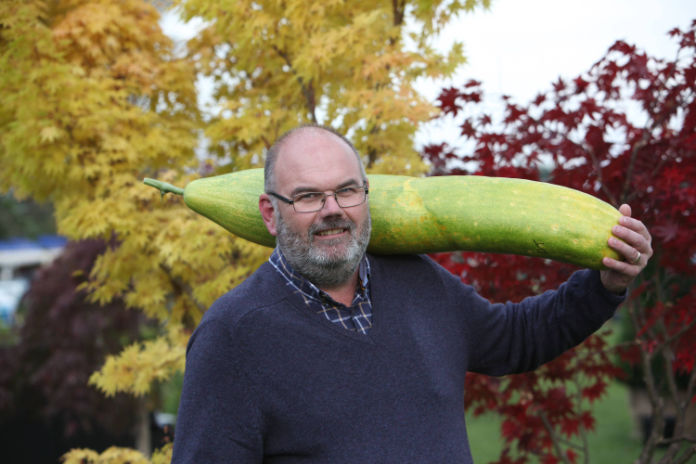
Giant cucumbers should be grown up a single stem, taking out the sideshoots so you just have one cucumber per plant.
A stake in the ground, with strong nylon string attached to a pole above, will allow for the cucumber to grow vertically. Cucumbers need to be wound around the string.
Thomas supports the fruits with some fleece tied around the middle of the cucumber as it becomes heavier, attached to string which is secured vertically to a frame above. The stem itself won’t hold the weight of the cucumber.
He has square steel frames to support his cabbages, which sit on top of the frame, taking the weight off the stump.
8. Maintain the crops
“Keep your crops weed and pest-free. Some crops, including pumpkins and marrows, don’t like too much wind if you grow them outside. They may need a windbreak around them. Some things are grown inside in tunnels, with automatic watering systems underneath them.”
This year’s Malvern Autumn Show takes place on September 25-26.
Best-selling grow your own kits
Stuck for inspiration? Check out our list of best-selling Amazon products!
No products found.
You may be interested in…
This article may include affiliate links to products and services where we may receive a small fee to support the running of this site if you make a purchase or is a sponsored article from one of our select editorial partners providing valuable advice and information to our readers.























































